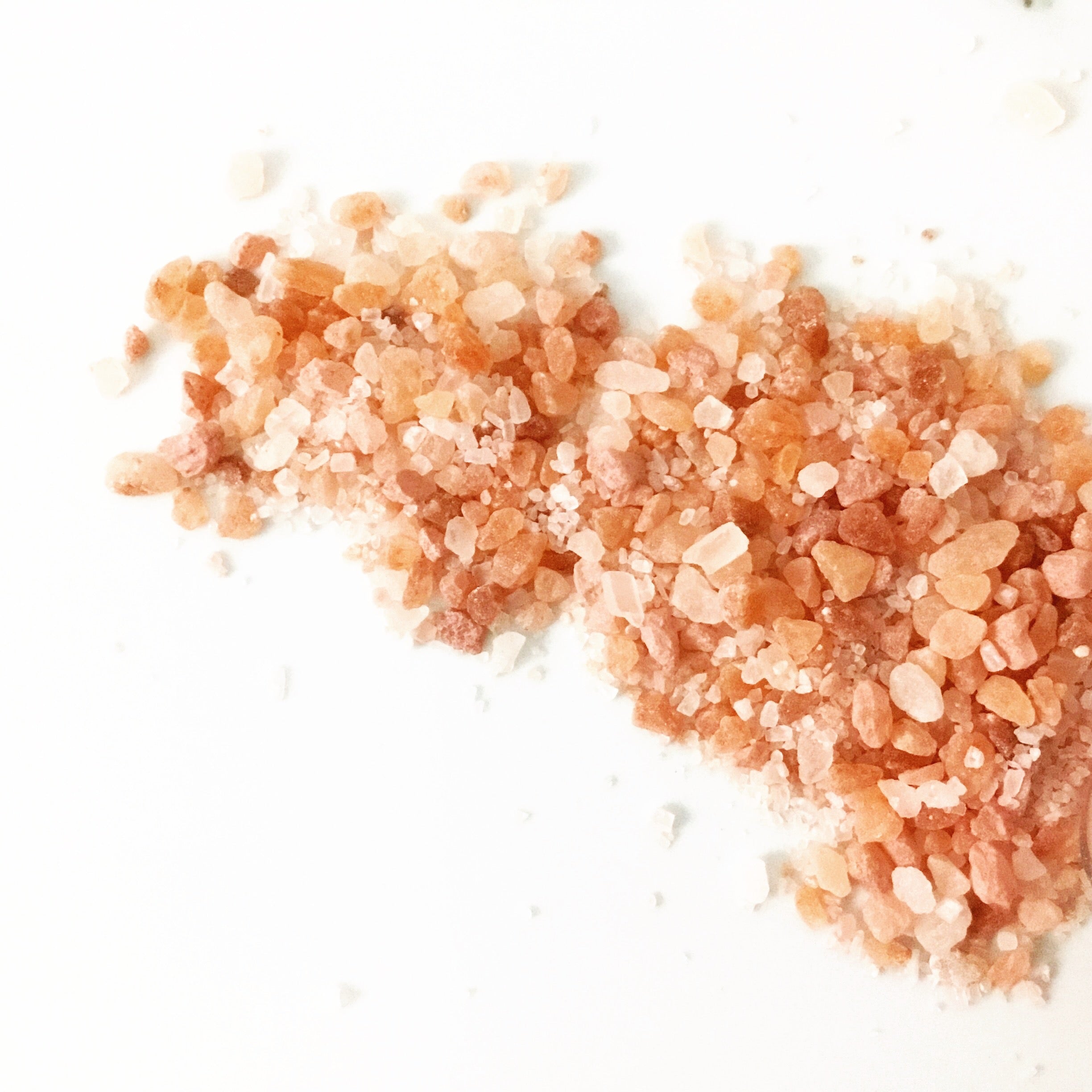
Ingredients We Don't Use
BHA (Butylated Hydroxyanisol)
A synthetic antioxidant used as a preservative in cosmetics and food products to prevent rancidity.
*Main Side Effect*: It is a potential human carcinogen and may cause skin depigmentation and allergic reactions.
Coal Tar
A byproduct of coal processing, used in treatments for skin conditions like psoriasis and eczema.
*Main Side Effect*: Prolonged use is associated with an increased risk of cancer and skin irritation.
Amino Phenol
An aromatic amine used in hair dyes and other cosmetic products for its colorant properties.
*Main Side Effect*: May cause allergic reactions and skin irritation; also linked to potential mutagenic effects.
Diamino Benzene
Also known as p-phenylenediamine (PPD), commonly found in hair dyes.
*Main Side Effect*: Can cause severe allergic reactions, skin irritation, and is linked to respiratory issues.
Formaldehyde
Apreservative and disinfectant used in some hair treatments, nail polishes, and other cosmetics.
*Main Side Effect*: It is a known carcinogen that can cause respiratory issues, skin irritation, and allergic reactions.
Fragrance
A general term for various chemicals used to give products a scent.
*Main Side Effect*: Can cause allergic reactions, skin irritation, headaches, and respiratory issues.
Hydroquinone
A skin-lightening agent used to reduce hyperpigmentation and age spots.
*Main Side Effect*: Potentially carcinogenic and can cause skin irritation and ochronosis, a bluish-black discoloration of the skin.
Mineral Oil
A byproduct of petroleum, used as a moisturizing agent in many skincare products.
*Main Side Effect*: Can clog pores, leading to acne and other skin issues; may also be contaminated with toxic chemicals.
Oxybenzone
A chemical sunscreen agent that absorbs UV radiation.
*Main Side Effect*: Can cause allergic skin reactions, hormone disruption, and environmental harm to coral reefs.
Paraben
A class of preservatives used to prevent microbial growth in cosmetics and skincare products.
*Main Side Effect*: Potential hormone disruptors that may be linked to breast cancer and reproductive toxicity.
Parfum
Another term for fragrance, often used to describe a mixture of synthetic aromatic chemicals.
*Main Side Effect*: Similar to "Fragrance," it may cause skin irritation, allergies, and respiratory problems.
Petroleum
A byproduct of crude oil processing, used in skincare as a moisturizing agent (e.g., petroleum jelly).
*Main Side Effect*: Can clog pores, potentially leading to acne and other skin issues, and may contain contaminants linked to cancer.
Phthalates
Chemicals used to make plastics flexible, often found in cosmetics to hold color and fragrance.
*Main Side Effect*: Known endocrine disruptors that can interfere with hormone function and are linked to reproductive and developmental problems.
Polyethylene Glycol (PEG)
Compounds used in cosmetics as thickeners, solvents, and softeners.
*Main Side Effect*: Can be contaminated with carcinogenic impurities like ethylene oxide and 1,4-dioxane.
Retinol
A form of Vitamin A used in anti-aging skincare products to reduce wrinkles and promote skin cell turnover.
*Main Side Effect*: Can cause skin irritation, redness, and increased sun sensitivity.
Sodium Laureth Sulfate (SLES)
A surfactant used in cleansers and shampoos to create a foaming effect.
*Main Side Effect*: Can cause skin and eye irritation, and may be contaminated with 1,4-dioxane, a probable human carcinogen.
Sodium Lauryl Sulfate (SLS)
A strong detergent and surfactant used in many personal care products.
*Main Side Effect*: Can cause skin irritation, dryness, and eye damage; linked to environmental toxicity.
Triclosan
An antimicrobial agent used in some soaps, toothpastes, and deodorants.
*Main Side Effect*: Potential hormone disruptor, may contribute to antibiotic resistance and can cause skin irritation.
